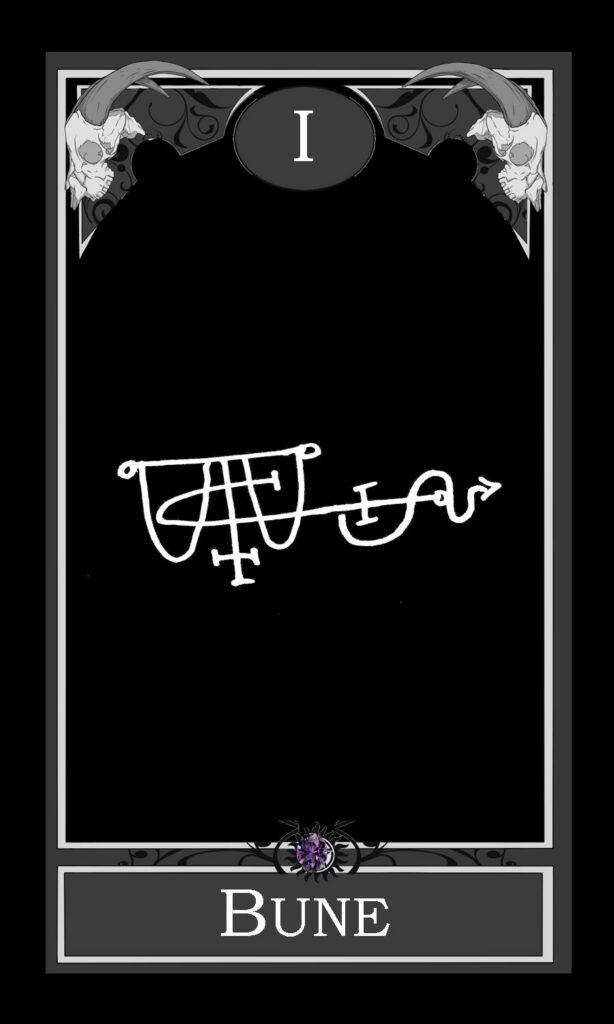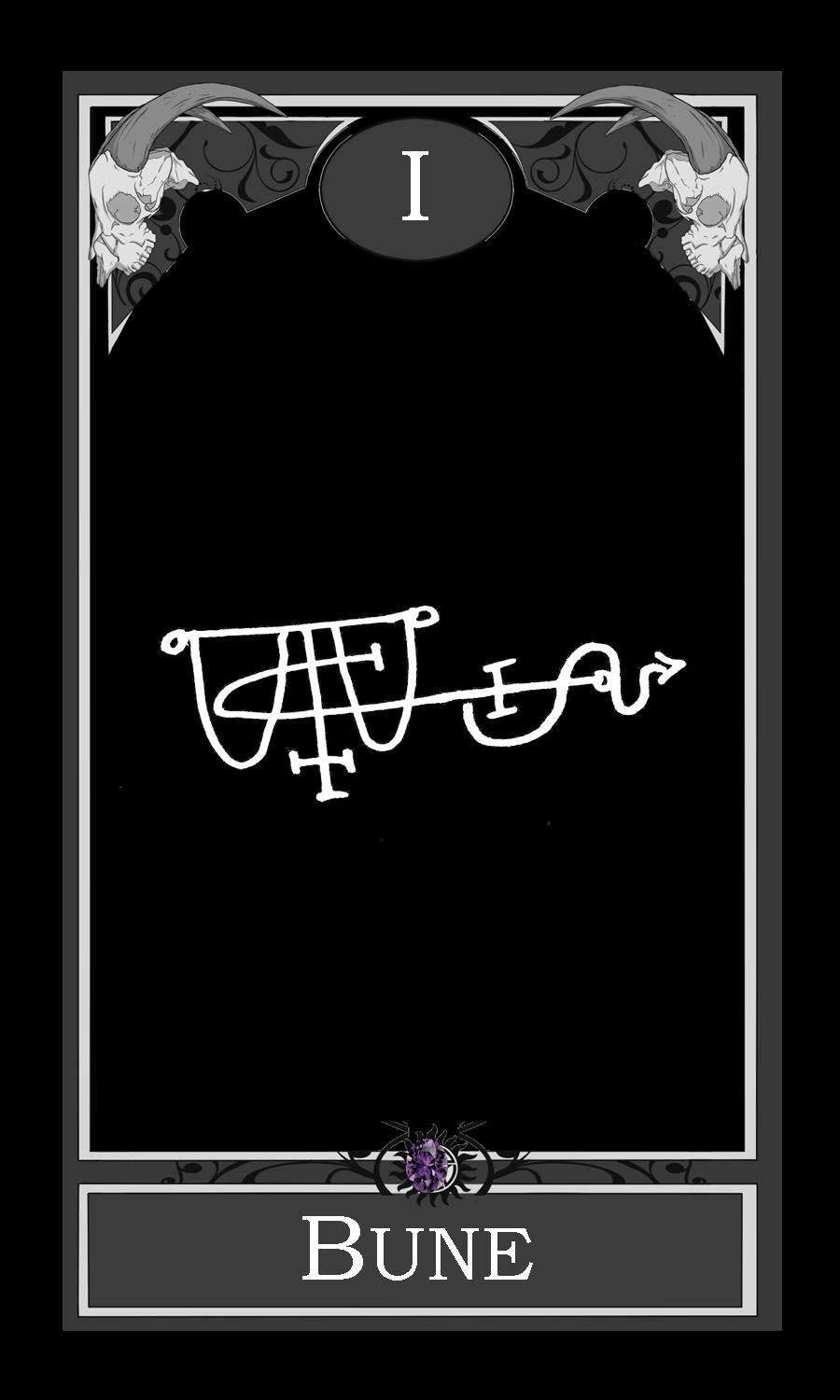
What is Necromancy?
Necromancy is the art of communicating with the dead – either to summon their spirit or raise them bodily – in order to gain information usually. It is often associated with black magic and evil, but this is not the case. Necromancy has been practiced throughout history and across cultures for a variety of purposes.
Necromancers may summon the dead for any number of reasons: to ask for their guidance, to gain insight into the future, or simply to communicate with those they have lost. The dead may also be raised for their help, like to destroy an enemy, or help the magician find opportunity.
SUMMONING A SPIRIT
The first step in necromancy is to summon the spirit of the deceased. In some traditions, this can be done by calling out their name, chanting their name repeatedly, or by summoning them through a divination device such as a crystal ball or spirit board. Once the spirit has been summoned, it can be asked questions or commanded to do certain tasks.
In Daemonolatry, we will often ask one of the Death Daemonic to escort the correct spirit forward to save time and lessen the chances of a more malevolent spirit coming through.
Discernment when working with spirits is encouraged.
RAISING THE DEAD
The second and more questionable (as in – is it real) type of necromancy is raising a dead body from its grave. If this is, in fact possible, it would requires a great deal of power and, if horror films are to be believed, often results in monstrous creatures known as zombies. lol
It is because of the mythology of raising the dead that necromancy is often considered a dangerous and feared art. Though all practitioners, beginners and experienced alike should be warned: Necromancers should be careful not to abuse their power or they may incur the wrath of the dead. Wrath of the dead is a real thing. Piss them off, or piss off a necromancer with their servile dead, and you could regret it. (I know this sounds like a thing of fiction, but I have known a mage or two who have dead servitors.)
The History of Necromancy
Necromancy is a practice that dates back to the ancient world.
The actual origins of necromancy are uncertain, but it is thought to have originated in Africa or Asia. It was likely first practiced by shamanic cultures as a way to contact the spirit world. Necromancy then spread to Europe, where it was practiced by the Greeks and Romans. Much like cursing, and magick overall, I view it as a HUMAN tradition because you can find instances of necromancy in every culture in every corner of the world.
Necromancy fell out of favor in medieval Europe, becoming associated with black magic and witchcraft. However, it continued to be practiced in other parts of the world. In recent years, there has been a resurgence of interest in necromancy, as people seek to reconnect with loved ones who have passed.
The Different Types of Necromancy
Believe it or not, there are a few subset types of necromancy, each with its own focus.
One type of necromancy is thanatology, which is the study of death and dying. This type of necromancy can be used to help the living deal with death, or to learn more about what happens to the soul after death. It’s often an area dominated by grief counselors and clergy (especially funerary priests in the traditional Daemonolatry realm).
Another type of necromancy is necrophagy, which is the practice of eating corpses. This type of necromancy is uncommon (and not encouraged by any sane practitioner), and allegedly can be used to gain power over the dead or give one the power of the person who passed. It was a more archaic tribal practice and, IMO, is best left to the halls of history.
In Daemonolatry we call our funerary priests (aka Sem Priests in some groups) necromancers since they make it their business to know every faucet of death, dying, grief, communicating with the dead, and working with the death Daemonic.
Necromancy in the Modern World
In the modern world, necromancy is often limited to the practice of communicating with the dead, and tit for tat exchanges where the dead will work for offerings (coins, tobacco, etc…) The rituals used to contact the dead are vast and varied depending on the tradition but here are a few still-practiced methods.
- Writing letters to the dead.
- Leaving offerings or candles on their graves.
- Rituals that summon the dead by name.
- Rituals where higher spirits escort spirits from the realm of the dead into the temple.
- The practice of putting up ancestral altars to honor the dearly departed.
- Asking the dead to visit one in one’s dreams.
The Ethics of Necromancy
While necromancy is still practiced by numerous traditions, there is still a great deal of debate surrounding its ethics. Some believe that necromancy is morally wrong because it violates the natural order of life and death. Others argue that necromancy can be performed ethically if it is done with respect for the dead and with the understanding that they are no longer alive and should not be treated as such.
There are many different ways to practice necromancy, and the most important thing is to be honest with yourself about your intentions and to be respectful of the dead, and the Death Daemonic if you’re working with them.

Excellent, as usual.